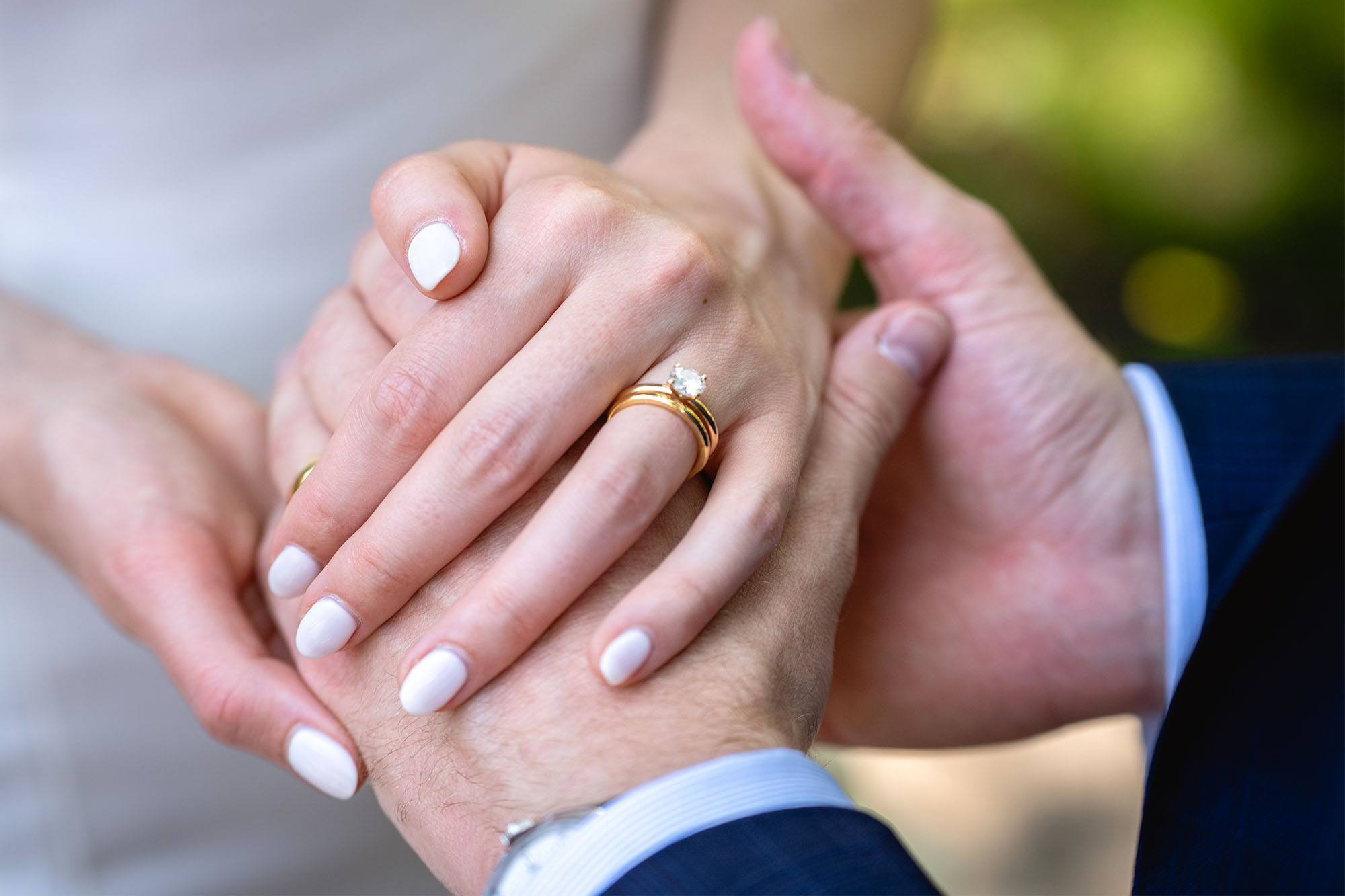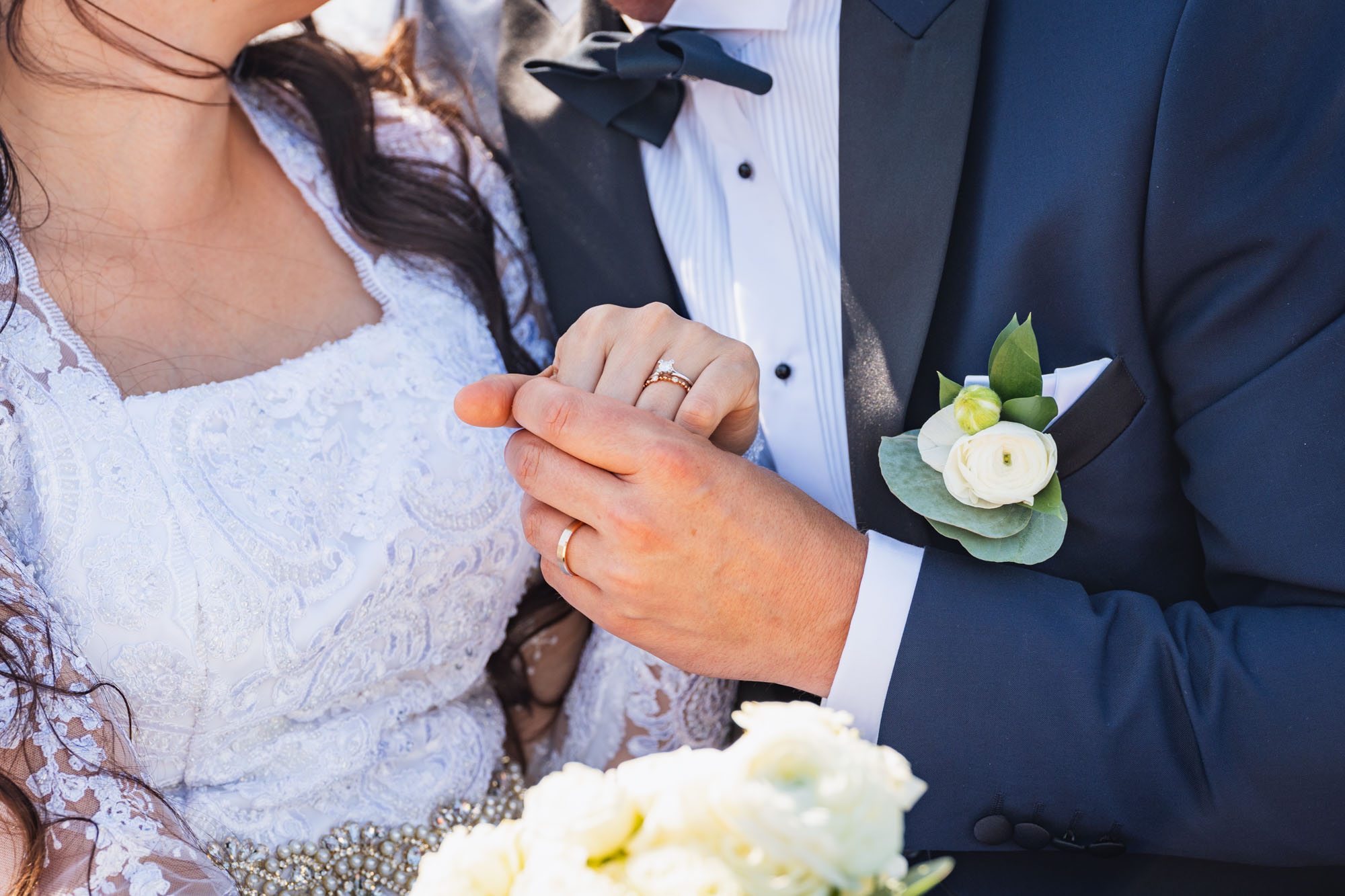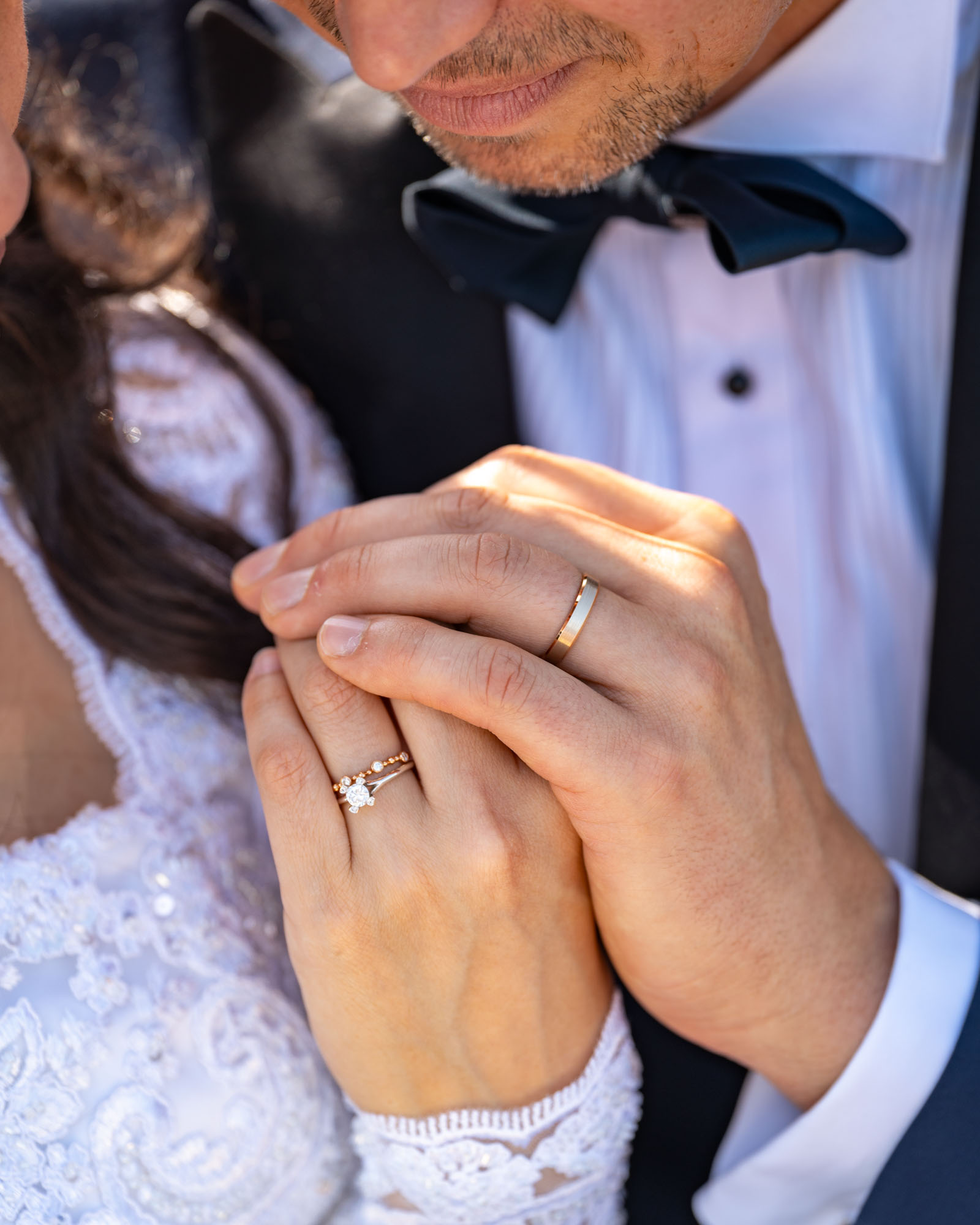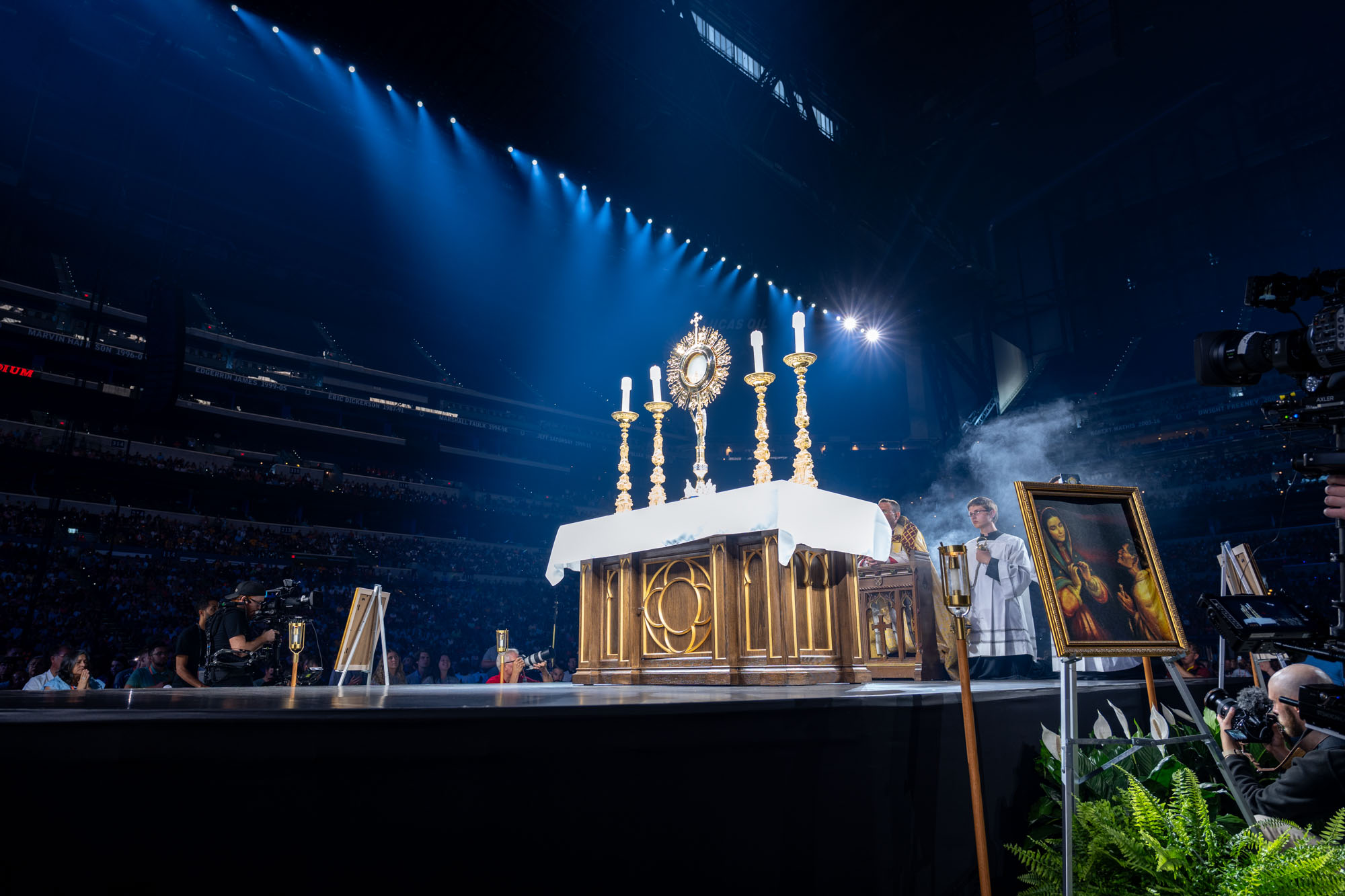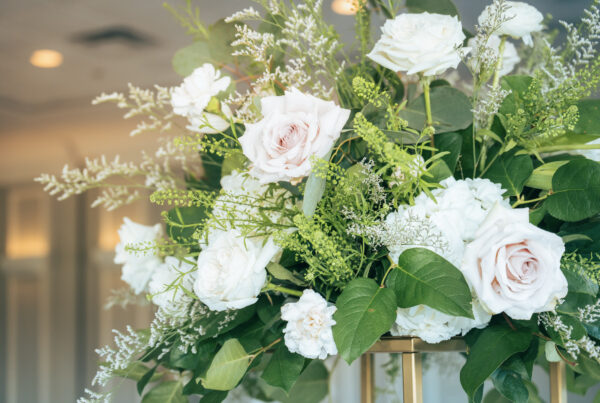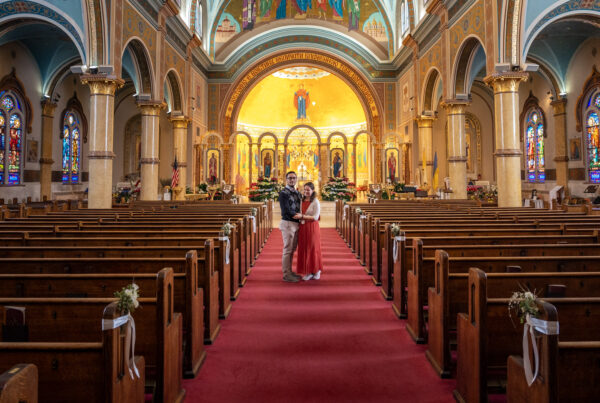Unveiling the Timeless Tradition: The Significance of Wedding Rings
1. A Symbol of Eternal Love
At the heart of the wedding ring tradition lies the profound symbolism of eternal love. The circular shape of the ring, lacking a beginning or an end, represents the unbroken and everlasting bond between two individuals. This enduring symbol has stood the test of time, transcending cultural and geographical boundaries to become a universal testament to the commitment shared between couples.
The exchange of wedding rings during the ceremony serves as a poignant moment, where the couple publicly declares their devotion and promise to stand by each other through thick and thin. The symbolism of eternity encapsulated in the ring becomes a tangible reminder of the timeless nature of their love story.
As a wedding professional, I’ve witnessed the emotional impact that this tradition has on couples. The act of sliding the ring onto each other’s fingers becomes a powerful and symbolic gesture, creating a shared moment that resonates with the couple and their loved ones. It is a pledge of commitment that extends beyond the wedding day, becoming a constant reminder of the enduring love that forms the foundation of their marriage.
2. The Origin and Evolution
Delving into the roots of the wedding ring tradition reveals a fascinating journey through time and culture. Ancient civilizations, such as the Egyptians, were among the first to use rings as symbols of commitment. The circular shape of the ring, with no beginning or end, represented eternity – a sentiment that continues to resonate in weddings today.
In ancient Rome, the exchange of rings took on legal significance, signifying a contract of marriage. The groom would give a gold ring to the bride during the betrothal ceremony, symbolizing ownership and a promise of fidelity. This practice laid the foundation for the Western tradition of exchanging rings as a binding contract of marriage.
As Christianity spread, the use of wedding rings became integrated into religious ceremonies. The circular shape came to represent not only eternity but also the eternal union sanctioned by religious vows. The significance of the wedding ring grew, evolving into a powerful symbol of love and commitment.
During the medieval period, the practice of wearing the wedding ring on the third finger of the left hand became more widespread. The belief in the “vena amoris,” or the vein of love, was thought to run directly from this finger to the heart. This romantic notion further solidified the tradition of placing the wedding ring on the left ring finger.
The Renaissance period saw an increase in the use of gemstones in wedding rings, adding an extra layer of symbolism. Diamonds, for example, became associated with strength and enduring love. The use of gemstones reflected the cultural and artistic influences of the time.
In the 20th century, the design and customization of wedding rings expanded with the availability of different metals and gemstones. The tradition became more personal, allowing couples to choose rings that reflected their style and preferences.
Today, the wedding ring tradition continues to evolve. While the symbolism of eternal love remains constant, couples now have an array of options to express their unique personalities through their choice of materials, styles, and engravings. The rich history of wedding rings adds depth and meaning to this cherished tradition, connecting couples to the enduring legacy of love that spans centuries.
3. Materials and Styles: Crafting a Love Story
In the world of wedding rings, couples are presented with a plethora of choices when it comes to materials and styles. The selection process involves not only choosing a metal but also deciding on the design that best encapsulates the essence of their relationship.
Classic gold wedding bands continue to be a popular choice, symbolizing tradition, wealth, and enduring love. Platinum, with its timeless elegance and durability, has also gained favor among modern couples seeking a contemporary touch. Alternative metals like titanium and tungsten offer a unique and more affordable option for those looking to break away from tradition.
The styles of wedding rings vary from the simplicity of a plain band to intricate designs featuring engravings, filigree, or gemstones. Couples often find themselves navigating through this array of choices, searching for the perfect ring that not only fits comfortably but also tells their unique love story. It’s a journey that reflects the diversity of relationships, each ring becoming a personalized emblem of the couple’s journey together.
4. The Ring Finger Mystery
The tradition of wearing the wedding ring on the fourth finger of the left hand has deep historical roots. This custom can be traced back to ancient beliefs and rituals that have evolved over time.
One of the prevailing beliefs is rooted in ancient Roman culture, where it was believed that the vein in the left ring finger, known as the “vena amoris” or the vein of love, connected directly to the heart. This romantic notion added a layer of significance to the choice of finger, reinforcing the idea that the wedding ring symbolizes a connection to the very essence of love.
Across cultures and centuries, this practice persisted, becoming a widely adopted tradition. Today, couples continue to honor this historical custom, wearing their wedding rings on the left ring finger as a tangible expression of the emotional and symbolic connection to the heart.
5. Beyond the Ceremony: Legacy and Renewal
The significance of wedding rings extends far beyond the wedding ceremony itself. These rings become more than just symbols of commitment; they transform into cherished heirlooms, carrying the stories of enduring love from one generation to the next.
Couples often choose to pass down their wedding rings as a legacy to their children, creating a tangible link to the history of their family. The rings become precious artifacts, encapsulating the memories, triumphs, and challenges faced by the couples who wore them.
Moreover, the tradition of renewing vows brings another layer of meaning to wedding rings. Couples, after years of shared experiences, choose to exchange new rings as a way of reaffirming their commitment to each other. This renewal ceremony marks a significant milestone, allowing the couple to celebrate their enduring love and the journey they continue to embark on together. The wedding ring, in this context, becomes a symbol not only of the initial commitment but also of the ongoing and evolving nature of a lasting partnership.
In conclusion, the tradition of wedding rings is a beautiful tapestry woven with love, history, and personal stories. As a wedding professional, I’ve had the privilege of witnessing countless couples embark on this meaningful journey, exchanging rings that symbolize not only their commitment to each other but also a connection to a rich and enduring tradition.
Would you like to stay close to the Holy Eucharist all day long?
Now you can, I have 8 Holy Eucharist Wallpapers for you, so you can stay connected with Jesus Christ anywhere you are!

